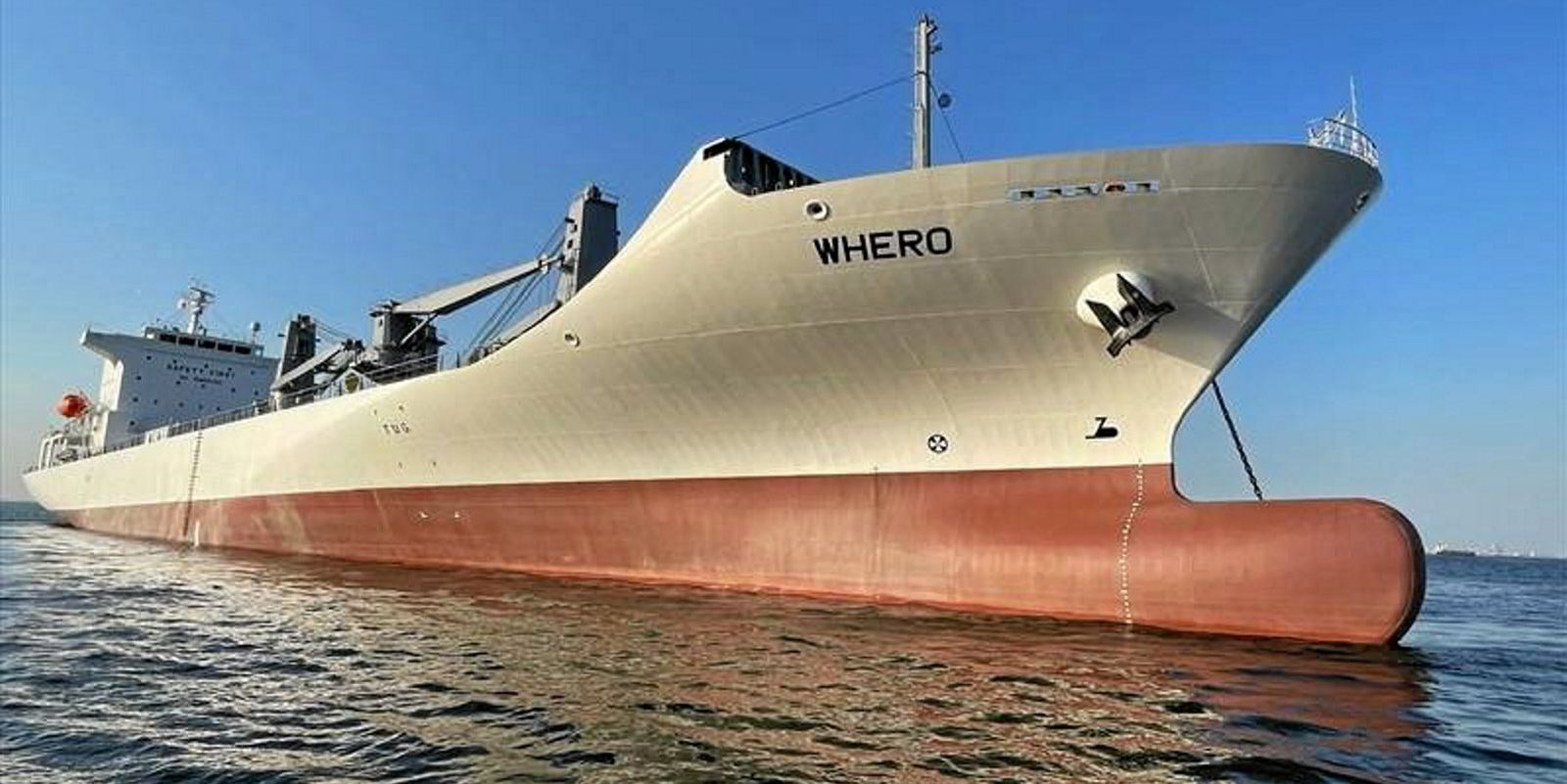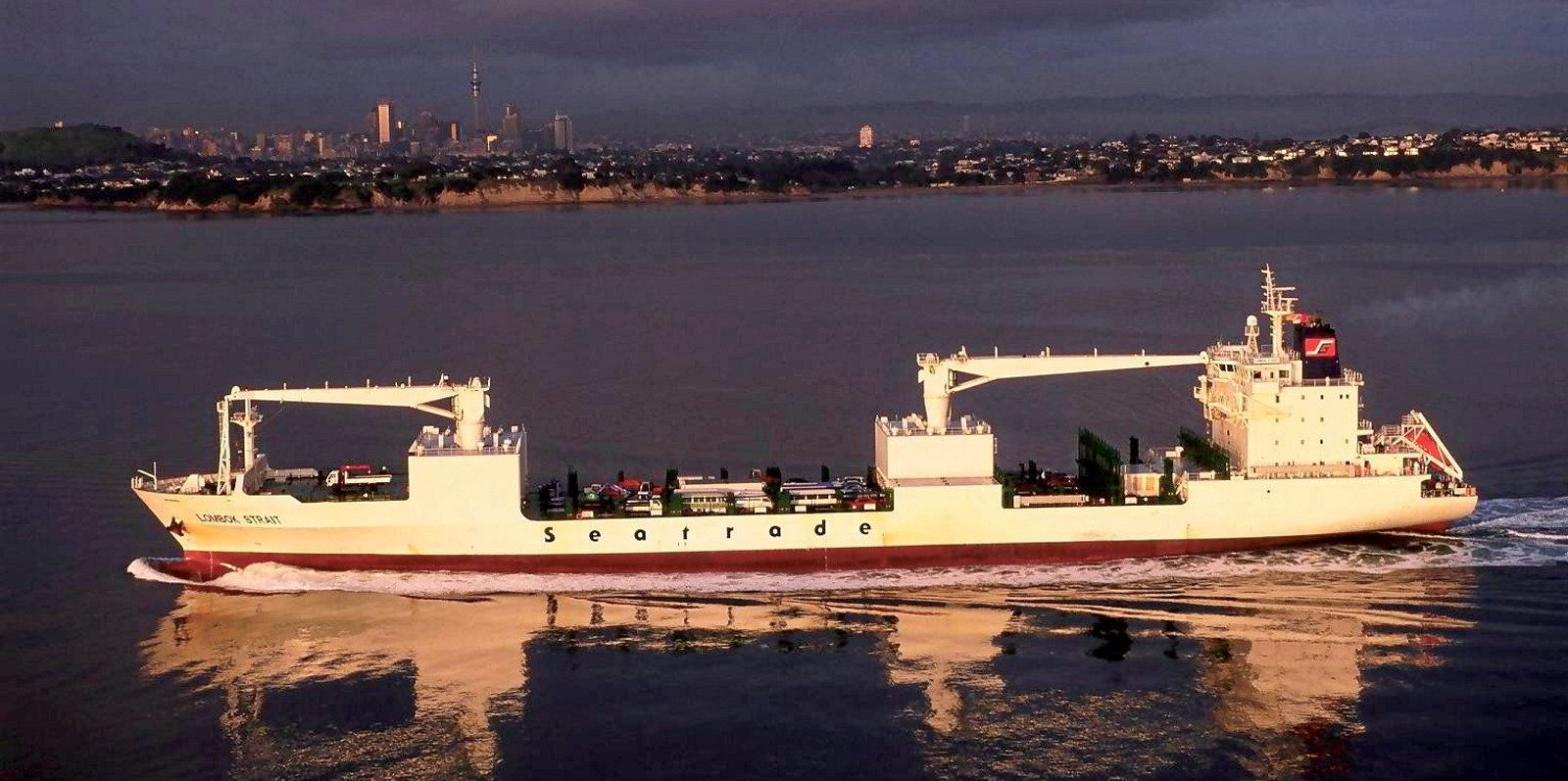Reefer time-charter rates surged by 50% in the first quarter of 2021 on the back of disruption in container markets and an upturn in demand for traditional trades, marking the sector’s strongest run in a decade.
The ISB Seafield Reefer Index — measuring charter rates for vessels of between 260,000 cbf and 470,000 cbf — hit a seven-year high of 1,500 points in April, after owners sought to cash in on exceptional catches of squid off the coasts of Argentina and the Falkland Islands.
This sucked up 30 vessels in a market with little surplus capacity and where time-charter rates for large reefer vessels have doubled to more than $1 per cbf this year.
The fizzing market has since experienced a small correction after an armada of reefer vessels ballasted to the south-west Atlantic where demand had peaked, which caused a drop of 4% to 1,308 points by the beginning of May.
Strong sentiment
But Glenn Murphy of Seafield — the reefer desk of Irish Shipbrokers — believes sentiment in the industry remains strong and the correction is unlikely to herald an end to the good times for reefer owners.
The Dublin-based broker has seen the volume of fixtures rise by more than 25% over the past year.
“We’ve chartered more ships in the last 12 months than we’ve done at any time,” he said.
Demand for refrigerated shipments that might in quieter markets have been carried in containers from Asia to Europe has helped to prop up rates.
At the same time, fruit that would once have been shipped in containers from South America to the US East Coast, or from North Africa to Asia, is also being shipped in conventional reefers.
“All of a sudden these vessels are getting fixed on longer periods, because people expect the disruption that we’re seeing now in the reefer market to continue for at least 12 months,” Murphy said.
Analyst Drewry sees container supply chain disruption as having greatly increased demand for specialised reeferships.
It added that this has driven time-charter equivalents above levels representing “the strongest period of trading in a decade”.
Trade for conventional reefers is so buoyant that Drewry expects the fleet to expand this year, breaking a 20-year decline, although contraction is anticipated to continue thereafter.
Structural shift
The rise in rates has led to talk of a structural shift in the market that could help slow the pace at which the reefer sector is losing refrigerated cargoes to the container sector.
“I think a lot of companies that haven’t chartered reefers for 10 or 15 years have been very thankful that mode of transport is still available to them,” Murphy said.

“Some of the trades that have moved to conventional reefer vessels will stay because people have identified that sailing times are quicker and more predictable.”
“It is a mode that was completely forgotten about except for the people dealing in specialised freight.”
He said fish trades that were leaning towards containers are sticking to reefers.
“There is a realisation that this mode needs to continue and there needs to be options,” he said.
Container reefer rates spike
Those options have become ever more important given the rising cost of reefer container freight rates.
Drewry’s Reefer Container Freight Rate Index, a weighted average of reefer freight rates across the top 15 reefer intensive trade lanes, jumped 26% in the first quarter, on a seasonal uptick in cargo demand and rising bunker surcharges.
This was its highest level since the container reefer index was launched at the beginning of 2017.
Rates are expected to rise further through the second quarter, but will remain modest compared with the inexorable rise in dry freight rates.
Philip Gray, head of reefer shipping research at Drewry, said: “Tight container equipment availability and a shortage of slot capacity have been key drivers in forcing up freight rates, as a recovering reefer trade has struggled to compete for space with higher-paying dry cargo traffic.”
He said container-equipment availability is expected to remain tight over the next few years, despite record levels of reefer-container production in the first quarter of this year.
Seaborne reefer traffic contracted 0.4% in 2020 to 130m tons, according to Drewry.
It forecasts the recovery to be limited to 2.7% this year, before accelerating thereafter to an average annual growth rate of 4%.
Reefer time charter rates surged by 50% in the first quarter of 2021.
The ISB Seafield Reefer Index - tracking charter rates for vessels of between 260,000 cbf and 470,000 cbf - hit a seven-year high in April.
The surge marks the sector's strongest run in a decade.
Drewry expects the reefer fleet to expand this year, breaking a 20-year decline.
Seaborne reefer traffic contracted 0.4% in 2020 to 130m tons, according to Drewry
Drewery forecasts a recovery of 2.7% this year, before accelerating thereafter to an average annual growth rate of 4%.








